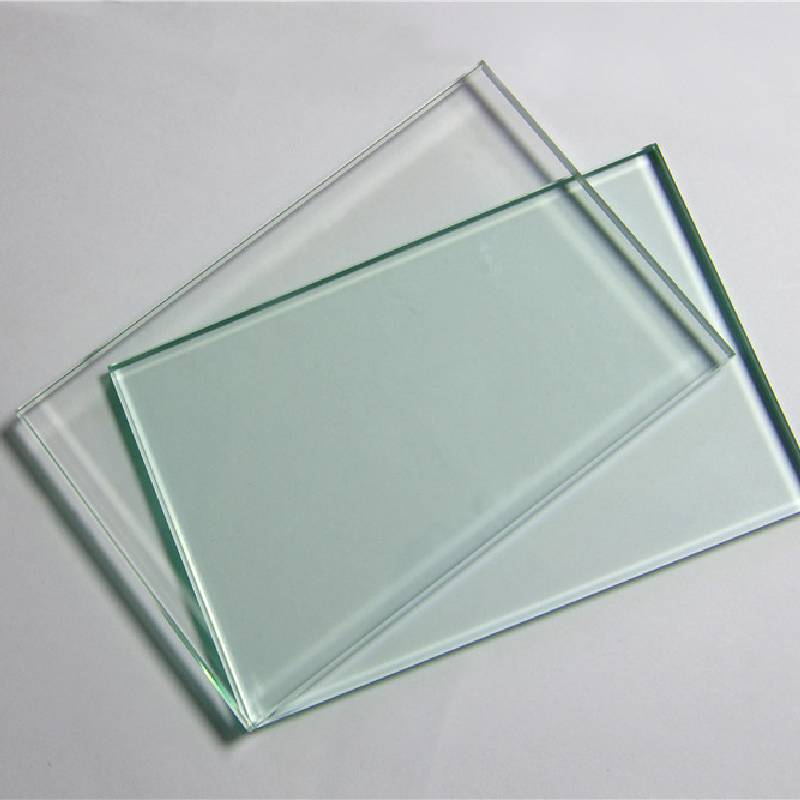

Reflective Privacy Glass A Modern Solution for Privacy and Aesthetics
In the contemporary world, where urban living often means tight quarters and bustling spaces, maintaining privacy while also embracing modern aesthetic sensibilities becomes increasingly important. Reflective privacy glass, a remarkable innovation in the field of architecture and design, offers a sophisticated solution that artfully balances the need for seclusion and the desire for natural light. This article explores the many benefits, applications, and technological advancements associated with reflective privacy glass.
Understanding Reflective Privacy Glass
Reflective privacy glass, often referred to as one-way glass, features a reflective coating that makes it difficult for outside observers to see into a building while allowing those inside to enjoy unobstructed views of the outside world. The technology behind this glass relies on a balance between light transmission and reflectivity. During the day, when the light outside is brighter than inside, the coating reflects the external environment, creating a mirror effect that protects the occupants' privacy. However, it is essential to note that at night, when interior lighting is typically brighter than outside, this reversed effect can lead to a loss of privacy, making window treatments essential for evening use.
Advantages of Reflective Privacy Glass
1. Enhanced Privacy The most compelling benefit of reflective privacy glass is its ability to maintain privacy without sacrificing natural light. This feature is particularly advantageous in urban settings, where buildings are often in close proximity, and homes or offices can feel exposed.
2. Energy Efficiency Reflective privacy glass can aid in regulating indoor temperatures by reflecting solar heat, thereby reducing the need for artificial heating and cooling systems. This energy efficiency not only contributes to lower utility bills but also aligns with sustainable building practices.
3. Aesthetic Appeal The sleek, modern appearance of reflective glass enhances the overall design of any structure. Its clean lines and reflective surfaces can transform the look of a building, making it appear more contemporary and stylish. This aesthetic versatility makes it a popular choice for residential, commercial, and institutional buildings.
4. UV Protection The reflective coating also serves as a barrier against harmful ultraviolet (UV) rays, protecting furniture, artwork, and flooring from premature fading and deterioration. This added layer of protection contributes to the longevity of interior materials.

5. Safety and Security The reflective nature of the glass can deter potential intruders by obscuring inside views. This added security measure is a valuable consideration for homeowners and business owners alike.
Applications of Reflective Privacy Glass
Reflective privacy glass is utilized in a variety of settings and structures. In residential buildings, it can be applied to windows, doors, and even glass railings to create a seamless indoor-outdoor flow while ensuring privacy. In commercial settings, office partitions made of reflective glass can foster an open workspace while providing employees with quiet areas for focus and confidentiality.
Moreover, reflective privacy glass has gained traction in public architecture, such as schools and hospitals, where privacy can be vital. In these environments, the glass not only enhances privacy but also allows natural light to permeate the space, creating a more inviting atmosphere for students, patients, and visitors alike.
Technological Advancements
Recent advancements in technology have led to the development of smart reflective privacy glass that can change its properties based on environmental conditions or user preferences. This includes electrochromic or photochromic glass that can adjust its level of transparency and reflection in response to sunlight or electrical inputs, offering unparalleled control over privacy and light levels.
Conclusion
Reflective privacy glass represents a significant leap forward in architectural design and functionality. By offering an elegant solution to the conflicts between privacy, natural light, and aesthetic appeal, this glass has become a favored choice in various building projects. As technology continues to evolve, reflective privacy glass is likely to become even more sophisticated, paving the way for future innovations that further enhance the interplay between environment and design. In an era where personal space and modernity are of paramount importance, reflective privacy glass stands as a testament to what is possible when creativity meets practical functionality.